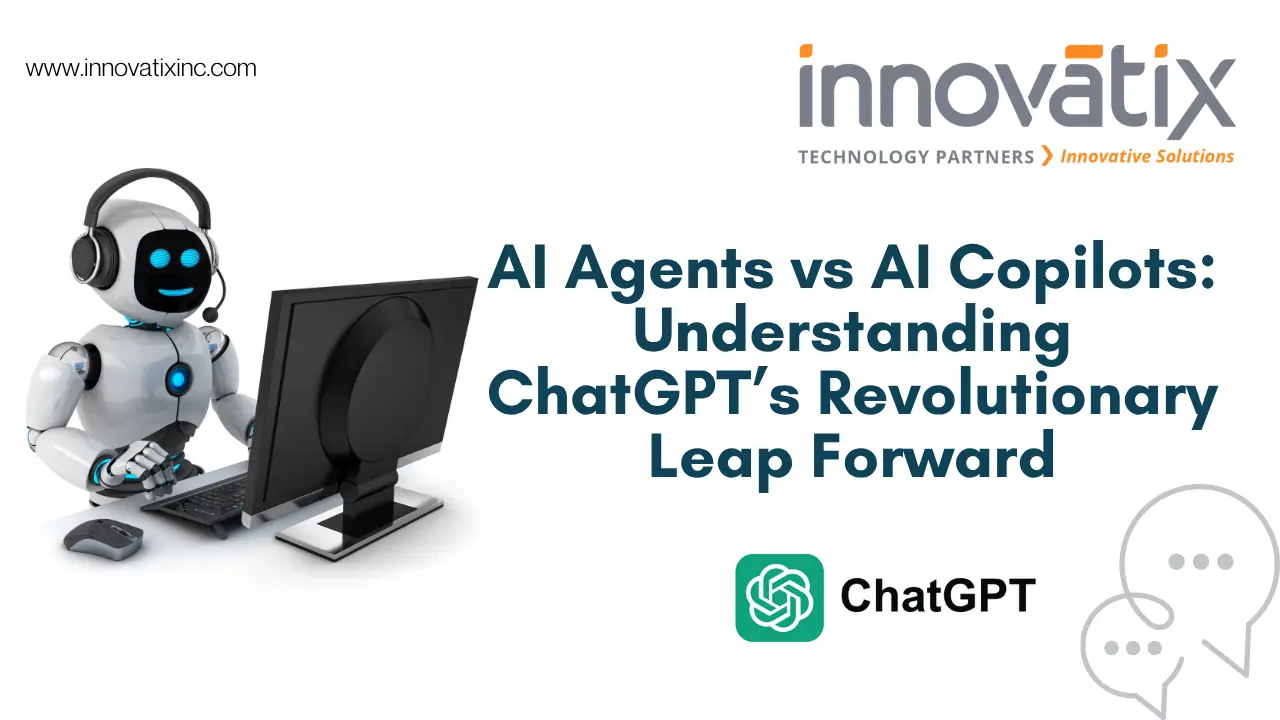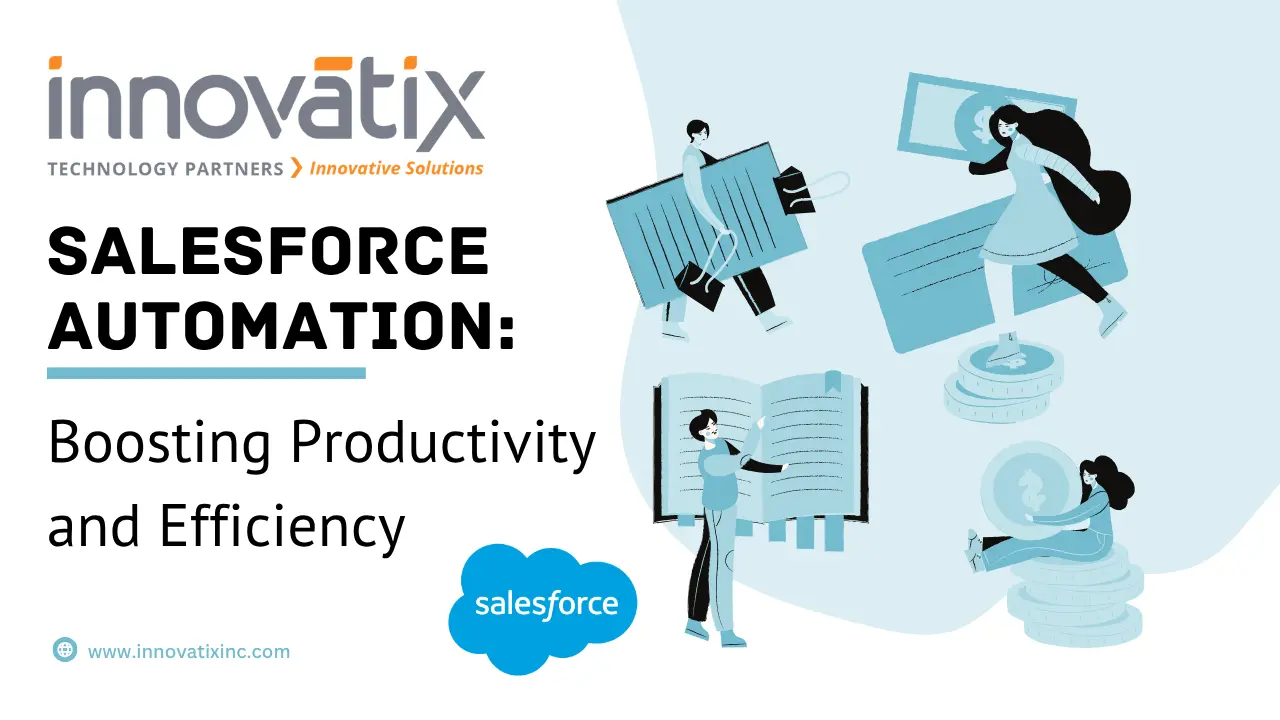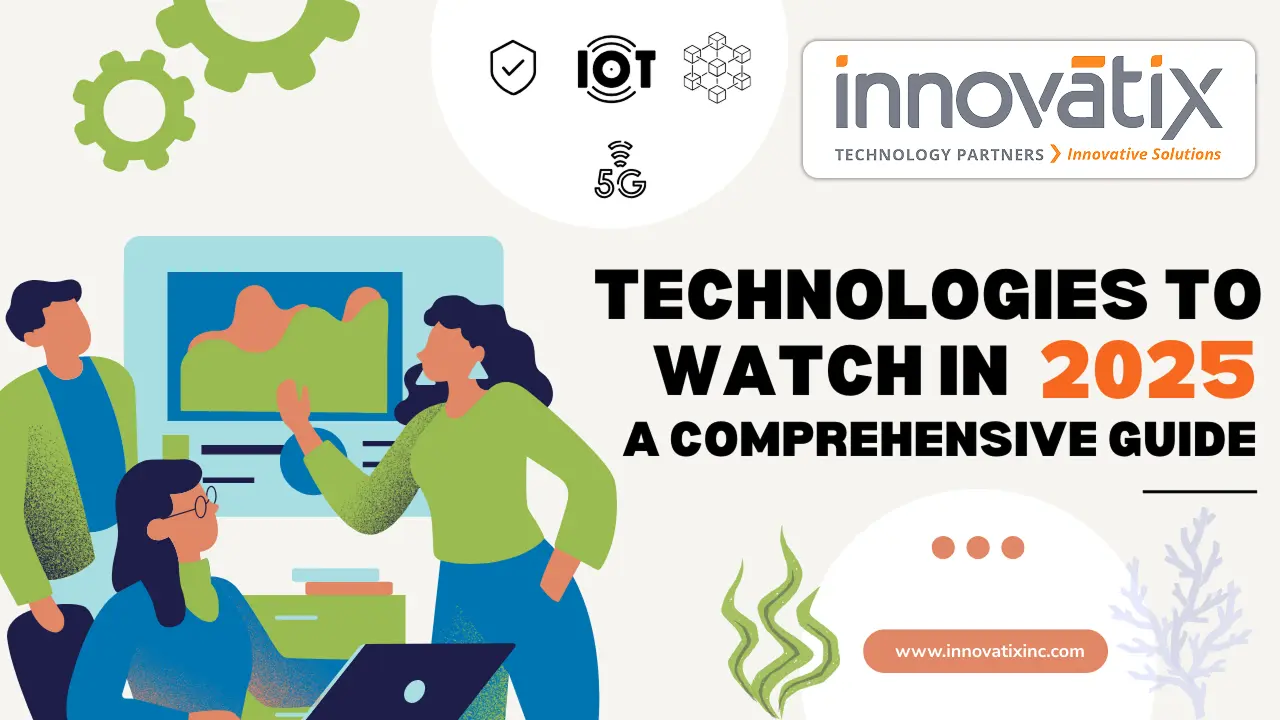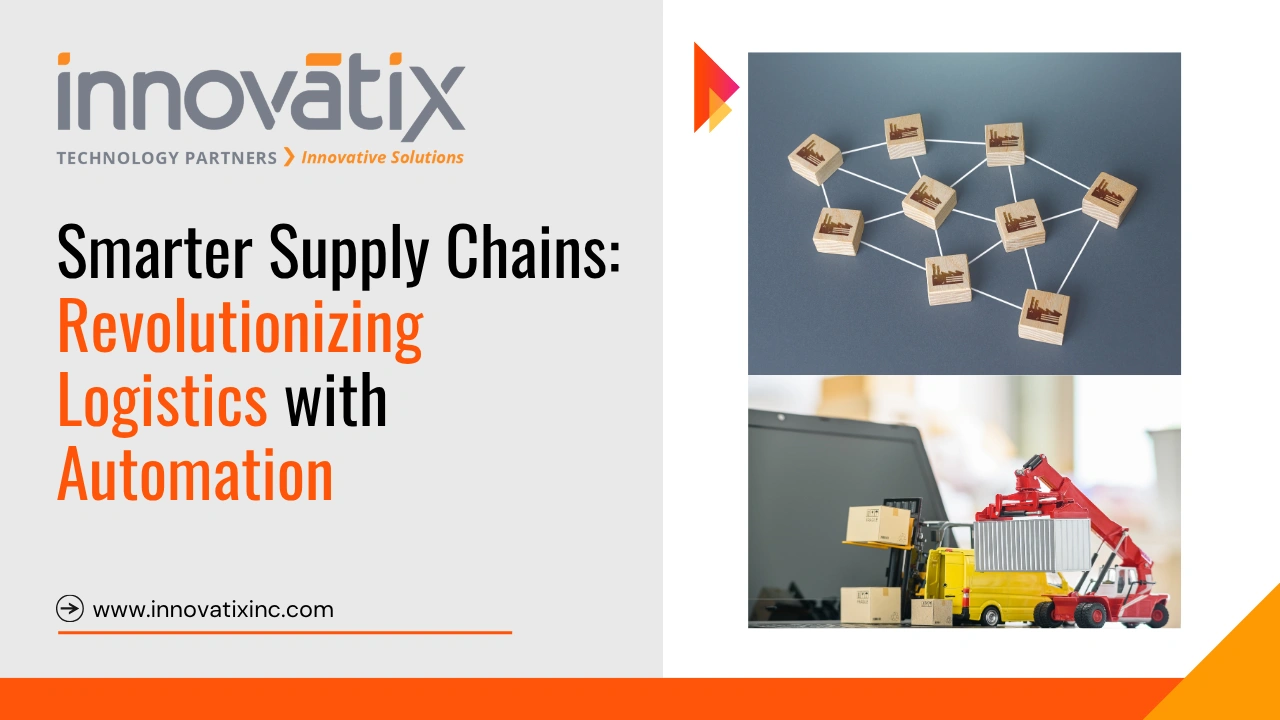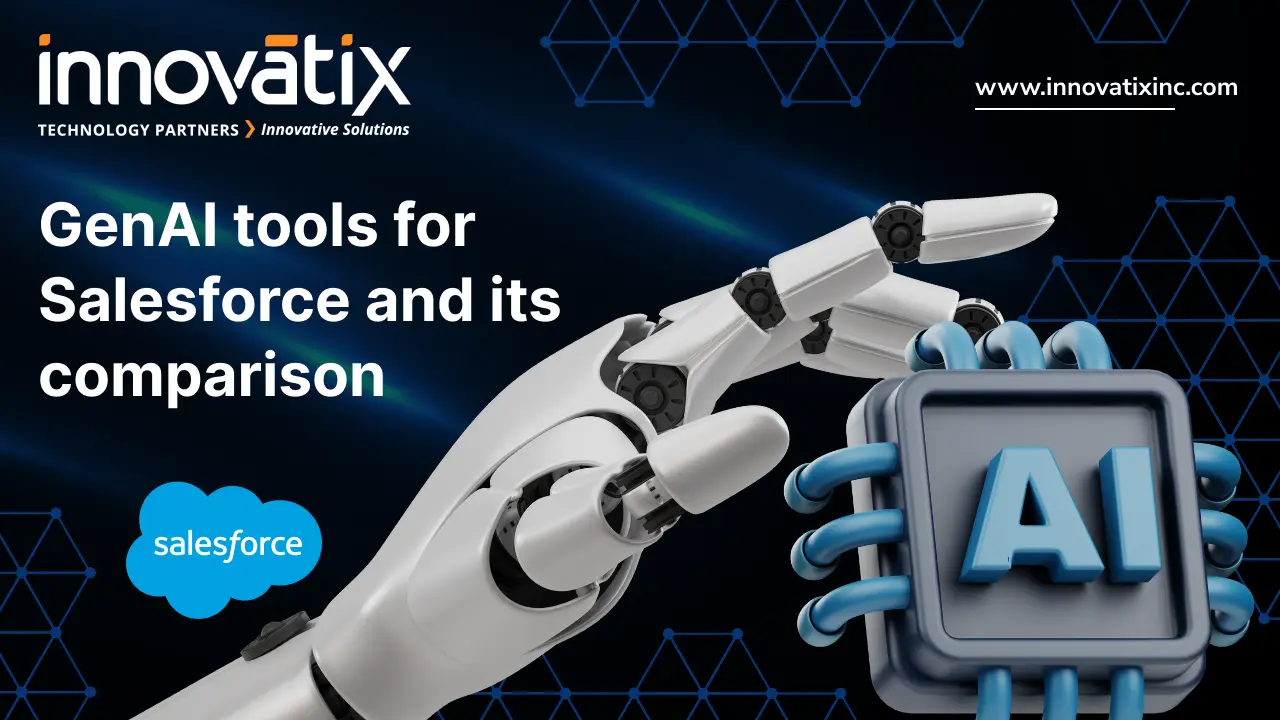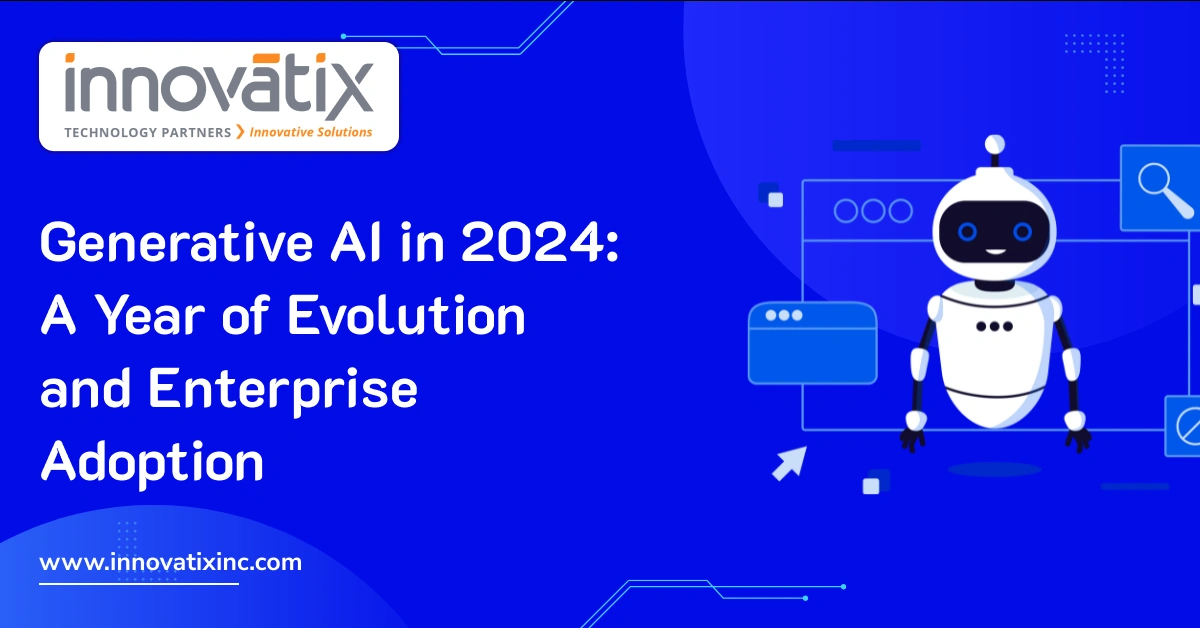From Prompt Engineering to Fine-Tuning: Mastering LLM Customization
In recent years, Large Language Models (LLMs) like GPT-4, BERT, and others have revolutionized the field of natural language processing (NLP). These models, trained on vast amounts of data, can generate human-like text, perform complex language understanding tasks, and assist in various applications, from chatbots to content creation. However, customization is key to unlocking their full potential in specific domains or tasks. In this blog, we will explore the journey of mastering LLM customization — starting from prompt engineering to advanced fine-tuning techniques. Understanding LLMs: A Quick Primer Before diving into customization, it’s important to grasp what LLMs are. These models are deep neural networks trained on diverse datasets to understand and generate language. They learn patterns, syntax, semantics, and context from data, enabling them to create coherent and contextually relevant text. Yet, the base models are generic. You need customization strategies to make them work optimally for your specific needs—be it legal document summarization, medical diagnosis assistance, or creative writing. Stage 1: Prompt Engineering — The Power of Asking Right Prompt engineering has emerged as the most accessible and immediate way to customize LLMs without altering the model. What is Prompt Engineering? Prompt engineering is the art and science of crafting input prompts that guide the model to produce desired outputs. Since LLMs‘ completions depend heavily on the input prompt, small wording, format, or context changes can significantly impact the results. Techniques and Tips for Effective Prompt Engineering Strengths and Limitations Prompt engineering requires no retraining or additional data and can be quickly iterated. However, it may not always guarantee consistency or perfectly tailored outputs, especially for highly specialized tasks. Stage 2: Few-Shot and Zero-Shot Learning — Teaching Through Examples Few-shot learning extends prompt engineering by giving the model a few examples within the prompt to illustrate the task. Zero-shot learning means the model attempts the task without explicit examples, relying on pre-trained knowledge. Practical Usage Stage 3: Fine-Tuning — Customizing the Core Fine-tuning is necessary for deeper and more reliable customization. It means taking the pre-trained LLM and training it further on a domain-specific or task-specific dataset. Why Fine-Tuning? How Does Fine-Tuning Work? Popular Fine-Tuning Methods Stage 4: Embedding and Retrieval Augmented Generation Another customization technique that is related involves integrating LLMs with external knowledge bases through embeddings and retrieval. This approach combines the generative power of LLMs with real-time knowledge and is useful for up-to-date or proprietary information. Best Practices for Mastering LLM Customization The Future of LLM Customization As LLMs evolve, so do customization techniques. Emerging trends include: Conclusion Mastering LLM customization is a journey from simple prompt crafting to sophisticated fine-tuning. Each stage offers more control, precision, and specialization, enabling businesses and researchers to harness the true potential of these powerful models. Whether you’re a developer, data scientist, or AI enthusiast, understanding and applying these techniques will be your gateway to building intelligent, tailored language applications. Leveraging robust AI platforms like Innovatix’s cutting-edge LLM services can significantly accelerate your journey from prompt engineering to fine-tuning, empowering you to create highly customized and impactful AI solutions. Contact us today!



